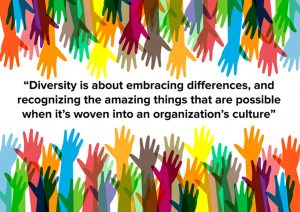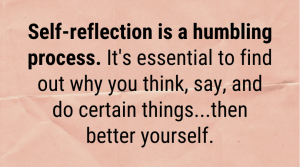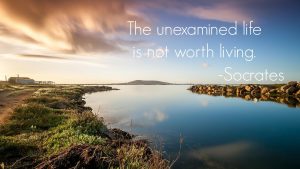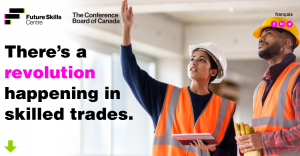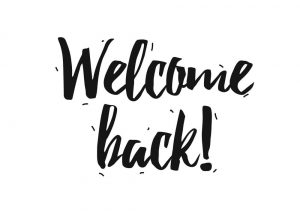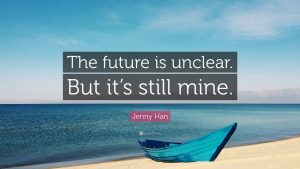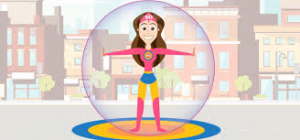In 2002 I read a book, called “WHO MOVED MY CHEESE“, Spencer Johnson~ Author

The characters in the Story are:
- 2 little mice with people type brains, instincts and beliefs Hem & Haw
- 2 little mice with nothing major to offer Sniff & Scurry
Hem & Haw used thinking ability, learning ability, beliefs and emotions, while Sniff & Scurry used trial & error and teamwork.
The search begins in a maze. The search is for Cheese
They all start out looking for the cheese using their own individual resources. There are mistakes, and backtracking, but eventually they find what they are looking for in Cheese Station C. CHEESE.
Every morning after the discovery they race back to Cheese Station C and eat their fill. Sniff and Scurry would always follow the same routine, racing through the maze, taking off their shoes and tie them around their necks and eating their fill. For a while Hem and Haw did the same thing. After a while Hem and Haw started to wake a little later, race a little slower. After all they knew where it was and how to get there.
Sometimes Hem and Haw would take their friends by to see their cheese. They were even getting a little proud of their cheese. Eventually they began to get very comfortable and arrogant about their deserving of the cheese.
Then one morning the cheese was not there. Sniff and Scurry were the first to discover this because they were always there at Cheese Station C first. When they discovered no cheese, they were off and running in search of NEW CHEESE.
Hem and Haw arrived late as they usually were. They were dumbfounded to find that the cheese was gone. What? No Cheese? It’s not Fair?!!!
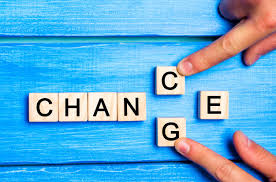
The story unfolds and these two very different pairs attack the same problem in very different ways. The story describes how the Sniff & Scurry find the NEW CHEESE by exercising a proactive approach to the problem of no cheese, and how Hem & Haw struggle through breaking down their paradigms and learning to think outside of the box in order to discover their cheese.
Hem finally ventures out in search of new cheese, despite the protest of his partner who chooses to remain in Cheese Station C and wait until the cheese is put back in there.
Hem’s journey proves to be full of learning’s that can be applied to any business that get’s comfortable with it’s own cheese.
From beginning to end of the journey, Hem documents his observations :
First
- Having Cheese Makes You Happy
- The More Important Your Cheese is to you, the More you want to hold on to it
- If You do not Change, You can become Extinct
- What Would You Do If You Weren’t Afraid
- Smell the Cheese Often So You Know When it is Getting Old
- Movement in a New Direction Helps You Find New Cheese
- When You Move Beyond Your Fear, You Feel Free
- Imagining Myself Enjoying New Cheese, Even Before I find it, Leads Me To it
- The Quicker You Let Go of Your Old Cheese, The Sooner You Find New Cheese
- It is Safer to Search in a Maze, than remain in a Cheeseless Situation
- Old Beliefs Do not lead you to New Cheese
- When You See that You Can Find and Enjoy New Cheese, You Change Course
- Noticing Small Changes Early Helps You Adapt to the bigger changes that are to come
In summary
- Change Happens – They keep moving the cheese
- Anticipate change – Get Ready for the Cheese to move
- Monitor Change – Smell the cheese often so you know when it is getting old
- Adapt to change quickly – the quicker you let go of old cheese the sooner you can enjoy new cheese
- Change – move with the cheese
- Enjoy change – savour the adventure and enjoy the taste of new cheese
- Be ready to change quickly and enjoy it again – they keep moving the cheese
According to a 2020 study by Psychometrics called PEOPLE TRENDS, Change Management was in the top 3 Human Resources concerns of organizations. In fact, only 20% of organizations feels they are successfully connecting change to their strategic goals, and the effectiveness through out change dwindles from there, with only 9% of companies able to sustain continuous support and implementation of changes.
That needs to Change.



